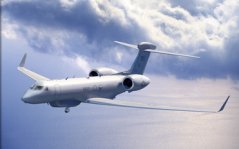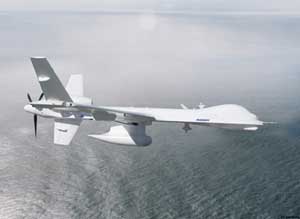US Navy officials today announced awarding the $1.16 billion Broad Area Maritime Surveillance (BAMS) contract to Northrop Grumman to develop a new variant of the RQ-4 Global Hawk.
The contract ends the USN’s six-year search for a roughly 50-aircraft unmanned aircraft system (UAS) fleet to partner with the 108-fleet Boeing P-8A Poseidon, which together will replace about 225 aging Lockheed P-3C Orions.
The two fleets will focus on different missions. The P-8A will continue the P-3C’s primary focus on anti-submarine warfare, while the BAMS fleet will focus on surface and overland surveillance across a wide swath of territory.
When completely fielded after fiscal 2014, the USN plans to operate five BAMS squadrons, each responsible for maintaining a persistent surveillance vigil over a 2,000nm radius.

In some cases, potential targets identified by BAMS will be passed to the P-8A or strike aircraft for interception. But the
BAMS aircraft also will be tasked to dive to low-altitude, requiring a new level of high- and low-altitude agility for a UAS fleet.
Northrop’s proposal boasted a sensor suite that featured the Multi-Function Active Sensor (MFAS), an active electronically scanned array (AESA) optimized for the maritime environment. The USN has already purchased two RQ-4Ns, which have been used to develop and validate operational requirements for the BAMS fleet.
Northrop’s bid defeated two competing teams. Boeing and Gulfstream partnered to offer an optionally-manned G550, featuring a Raytheon-supplied suite of three AESA sensors, including a variant of the APG-79 in the nose cone.

Lockheed Martin/General Atomics proposed an adapted Predator called the Mariner, which combined the airframe of the Predator B with the wing of the NASA Altair.

Source: FlightGlobal.com























